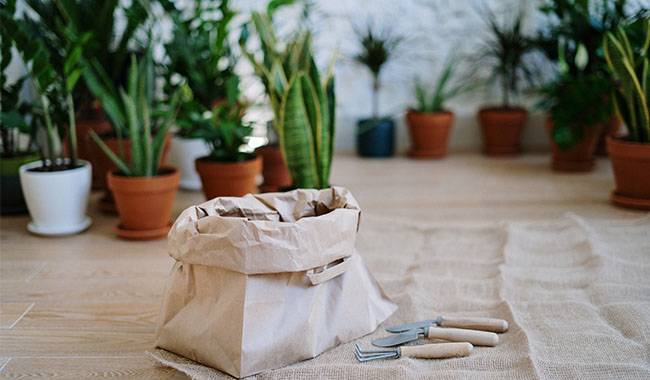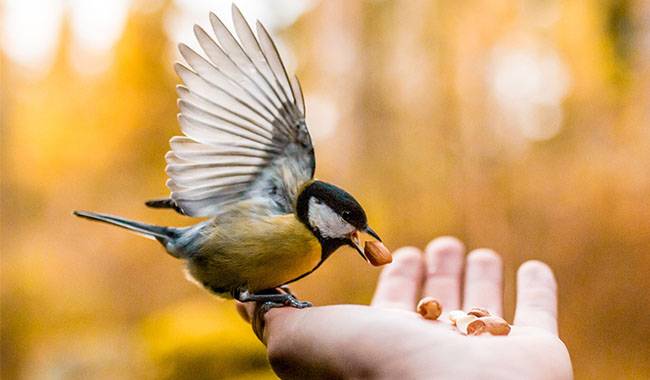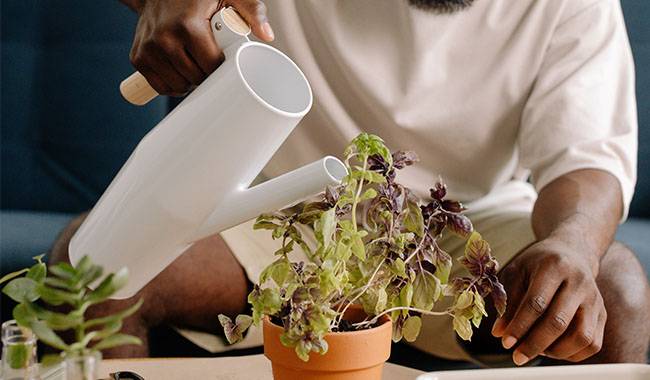
The long and difficult overwintering period for all houseplants usually ends when normal, regular care is resumed. But there is no need to rush to water heavily or to start fertilizing plants again. Spring is a time of transition from complete, conditional, or forced dormancy to active growth. Only by observing the state of the plants themselves and their development and signals can you find the ideal time and care strategy. The most dangerous thing to do in the spring is to start fertilizing before the plants are ready. You will learn When to Start Fertilizing Houseplants in Spring in the ThumbGarden article.
INDIVIDUAL METHODS ARE THE BEST STRATEGY TO RESUME FERTILIZATION
The main rule that should not be violated for any houseplant in the spring is to stick to individual nutritional recommendations (and indeed, general care recommendations). Impromptu feeding can be more stressful than lack of water during the difficult period of adapting plants to changing conditions and starting a new growth cycle.
In the spring, you should not ignore the “minor” requirements of your plants in terms of conditions and care.
Before resuming spring fertilization, it’s worth checking the recommendations for all your houseplants again and keeping the old schedule in mind.
To start fertilizing your houseplants properly in the spring, you need to know exactly what to do.
- The type of fertilizer that is more appropriate for a particular type of houseplant.
- The recommended standard feeding frequency.
- The best form of application and the possibility of using non-liquid forms of fertilizer (including knowing if the plant can tolerate long-lasting fertilizers and foliar sprays).
- Plant preferred feeding dates – periods of active feeding and reduced or discontinued feeding; the traditional “from March” in the recommendations means that plants should be monitored more closely from March onward and the date of the first feeding should be chosen based on the condition of the plant.
The only thing that can be determined quickly and accurately is what to start fertilizing the plants in the spring. Use only the fertilizer recommended for this type of houseplant.
WHEN TO START FERTILIZING HOUSEPLANTS IN THE SPRING

If you want to avoid problems in spring and help your plants adapt to changing conditions, you should not start fertilizing according to the calendar. The first signs of revegetation for all plants appear in late February or March. The manner in which plants overwinter or when they flower is not as important as the signs of “waking up”.
It would be a big mistake to start back fertilizing in March. The only way to find a starting point is to observe the plants and note when they begin to awaken under the influence of increased daylight hours and light intensity.
Spring care for houseplants should resume at the first signs of a leaf or shoot growth – but instead of nutrition, replanting, and watering. Only after changing containers or replacing the top portion of the substrate, acclimating, and starting the usual “summer watering” is the time to gradually restart fertilization. No sooner than 2-3 weeks after reaching the standard watering frequency (or replacing the top of the substrate). And no sooner than 4 weeks after transplanting (5-6 weeks is best).
SIMPLE RULES TO RESTORE SPRING FERTILIZATION
For plants that prefer standard liquid fertilizers (applied with irrigation water), there is nothing tricky about resuming fertilization. The main thing is not to create a situation where an unusually high concentration of fertilizer in the soil hurts the root system. To do this, you just need to take a few precautions.
Water the plants a day or at least a few hours in advance of the first feeding to drain excess water from the trays.
Use soft water that is slightly warmer than the air in the room.
If the instructions for a particular plant species do not specify, begin feeding gradually, reducing the first dose by a factor of two to three.
Distribute water evenly around the pot, do not soak stems and leaves, and water as gently as possible.
Do not leave the water in the pot after watering and make sure the substrate has dried to a comfortable moisture level before the next watering.
In short, all you have to do is be careful, follow standard watering rules, and treat any plant as capricious and overly sensitive.
HOW TO APPLY LONG-LASTING FERTILIZERS IN SPRING
With these easy-care sticks, capsules, and granules, things are even easier. The manufacturer recommends mixing the long-lasting fertilizer with the substrate and simply adding it to the soil at the prescribed rate when repotting plants or replacing the top layer.
The only care required is moderate watering and extremely careful watering until growth resumes. On the other hand, if only a long-lasting fertilizer is inserted into the container, it should be applied only 5-6 weeks after transplanting to avoid contact with the root system.
HOW DO I UPDATE THE AMOUNT OF FOLIAR SPRAYING?
To ensure that plants are not affected by a too sudden resumption of foliar spraying, it is worth postponing the first foliar application until 2-4 weeks after the start of the main foliar application. It is extremely important to use a very weak, low concentration formulation for the first time, gradually returning to the usual dosage.
Plants should be accustomed to regular spraying (if winter is not part of routine maintenance) before foliar sprays are started. Precautions such as protection from direct sunlight are especially important when starting foliar sprays in the spring.
A CONTROVERSIAL STRATEGY – NITROGEN FERTILIZER APPLICATION
Many flower growers who love their gardens prefer to follow the same practices for indoor plants as they do for their favorite outdoor plants. Alternating nitrogen fertilizer early in the growing season with a more specialized nitrogen fertilizer starting in the summer is a classic strategy for producing more ornamental greenery or a lot of blooms.
But you shouldn’t be in a hurry to put it into the format of the room. Of course, all plants need more nitrogen at the beginning of vegetation, when shoots are starting to grow and leaves are opening. But it’s no accident that houseplants also need complex, sophisticated fertilizers that contain not only macronutrients but also a range of more hidden but equally important micronutrients. And, if you limit all your nutrients to nitrogen during the growing season, the need for other elements will not be met, even if they are relatively mild.
Whether the plant produces stems and leaves or not, when it comes to fertilization (and not improvised or folkloric methods), adhere strictly to the recommendations for the particular cultivar or the instructions you received when you purchased the individual cultivar. If in doubt, or if you want to try to achieve higher green quality by applying a little extra nitrogen, apply such fertilizers in small doses between basic fertilizers, or change the macro-nutrient ratio slightly with a proven bio-based product.







